Asia Pacific Aesthetics Size
Asia Pacific Aesthetics Market Growth Projections and Opportunities
The Asia Pacific aesthetics market is influenced by a myriad of factors that shape its growth trajectory and dynamics. One significant market factor is the increasing demand for aesthetic procedures driven by rising disposable incomes and changing beauty standards across the region. As economies in Asia Pacific continue to prosper, individuals are allocating more resources towards enhancing their physical appearance, thereby propelling the aesthetics market forward.
Moreover, demographic trends play a crucial role in shaping the market landscape. The region boasts a large population of millennials and Gen Z individuals who prioritize self-care and appearance-consciousness. This demographic cohort is particularly inclined towards non-invasive cosmetic treatments such as Botox injections, dermal fillers, and laser therapies, driving the demand for aesthetic procedures across the Asia Pacific region.
Another key market factor is the influence of social media and digital platforms on beauty perceptions and consumer behavior. The pervasive presence of social media channels has fueled a culture of self-expression and image-consciousness, prompting individuals to seek out aesthetic enhancements to align with societal beauty standards propagated through online platforms. Influencers and celebrities often endorse aesthetic procedures, further amplifying their popularity and driving consumer interest.
Technological advancements also play a pivotal role in shaping the Asia Pacific aesthetics market. Innovations in medical aesthetics such as laser technology, radiofrequency devices, and ultrasound treatments have revolutionized the industry by offering safer, more effective, and minimally invasive procedures. These technological advancements not only enhance treatment outcomes but also contribute to reducing downtime and patient discomfort, thereby expanding the consumer base for aesthetic procedures.
Furthermore, regulatory frameworks and healthcare policies significantly impact the growth and development of the aesthetics market in the Asia Pacific region. Government regulations governing the practice of aesthetic medicine, product approvals, and safety standards play a crucial role in instilling consumer confidence and ensuring the integrity of the industry. Harmonization of regulatory standards across countries within the region fosters a conducive environment for market growth and investment in the aesthetics sector.
Consumer awareness and education also emerge as significant market factors driving the uptake of aesthetic procedures in Asia Pacific. Increased access to information through the internet and digital platforms empowers consumers to make informed decisions regarding their aesthetic concerns and treatment options. Clinics and aesthetic centers often invest in educational initiatives and awareness campaigns to educate consumers about available treatments, safety protocols, and expected outcomes, thereby fostering trust and credibility within the market.
Moreover, cultural perceptions and attitudes towards beauty and aging influence the demand for aesthetic procedures across different countries in the Asia Pacific region. While some societies place a high value on youthfulness and physical appearance, others prioritize natural aging and embrace imperfections as a sign of authenticity. Understanding cultural nuances and tailoring aesthetic services to align with local preferences and sensibilities is essential for market penetration and success in the diverse Asia Pacific landscape.
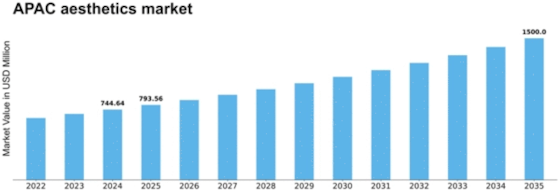

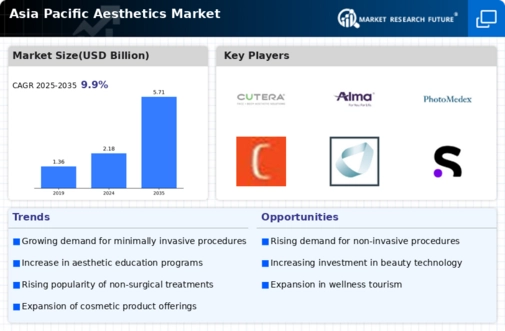
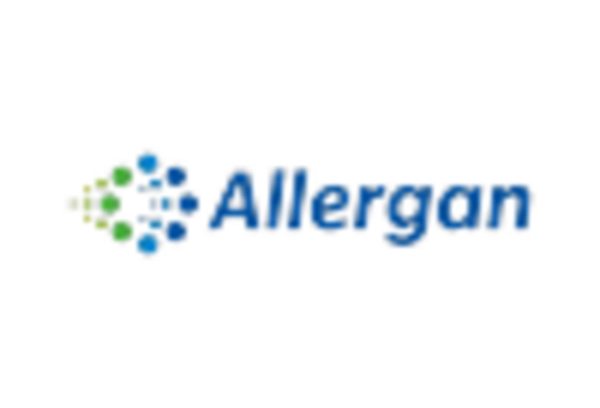
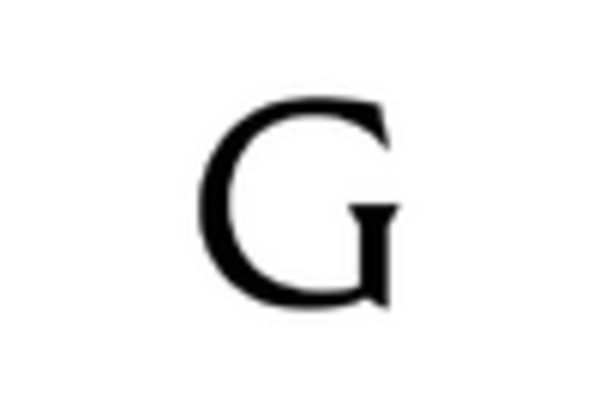
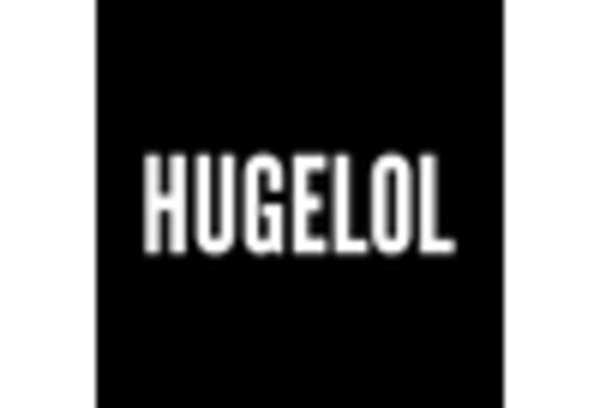
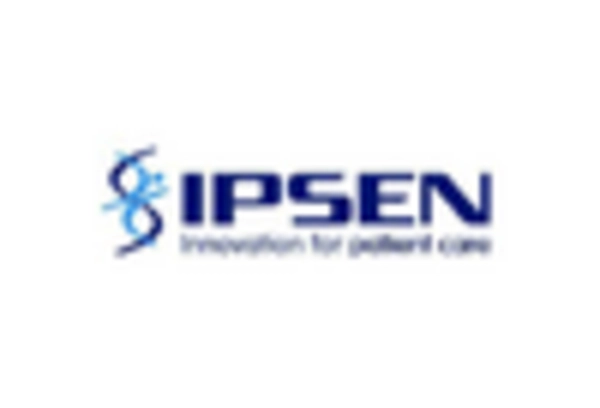
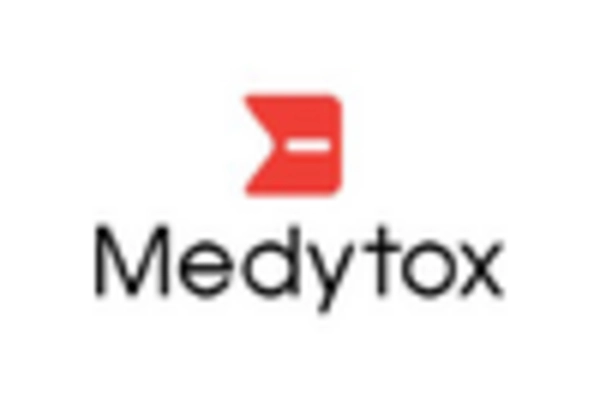
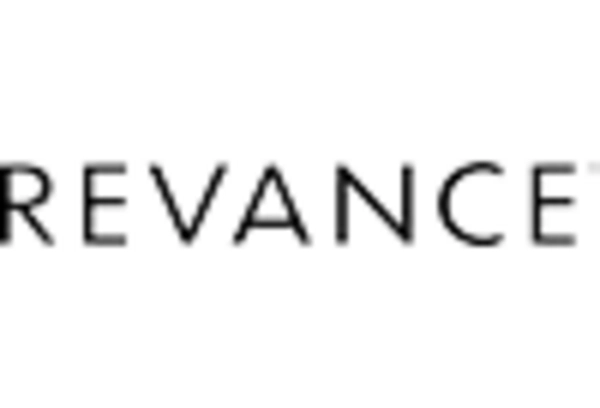









Leave a Comment